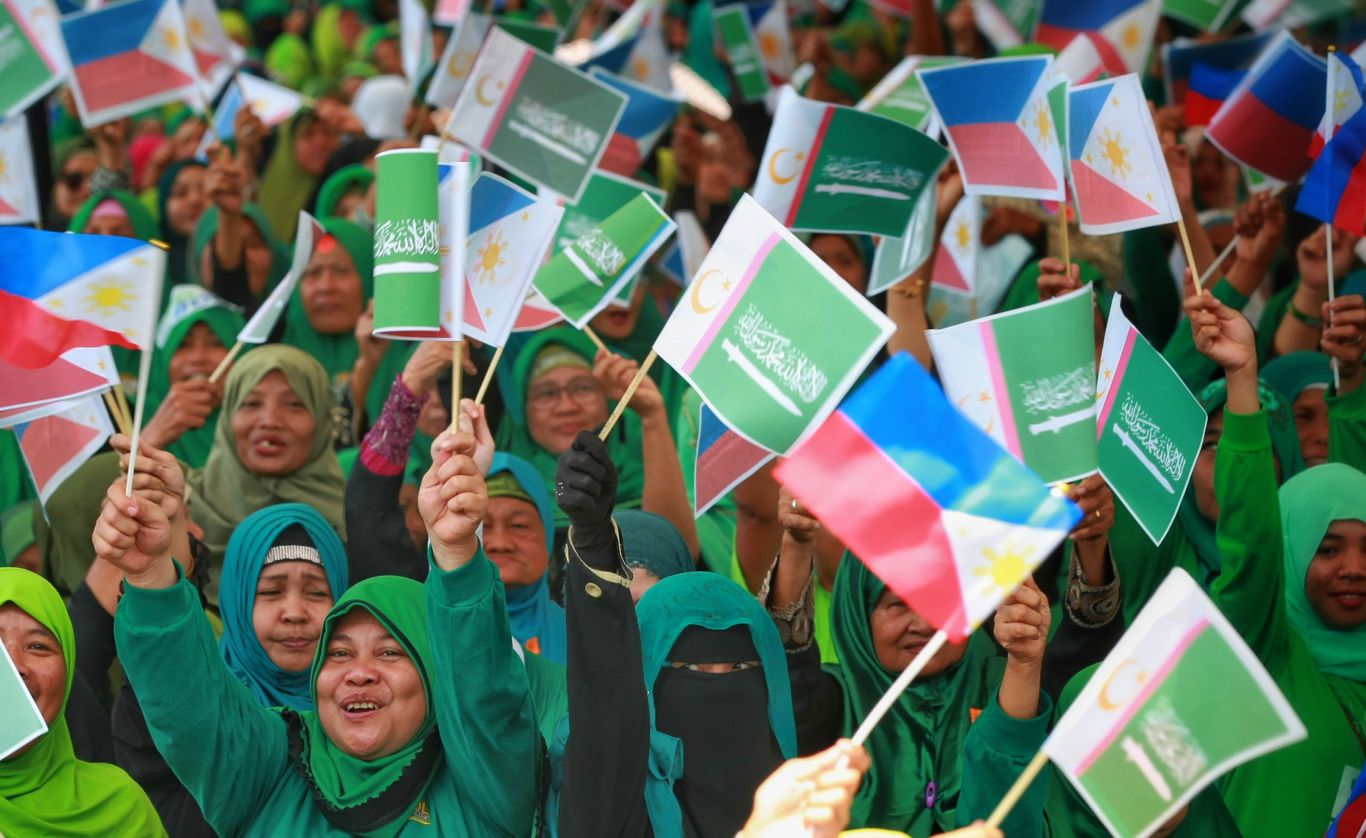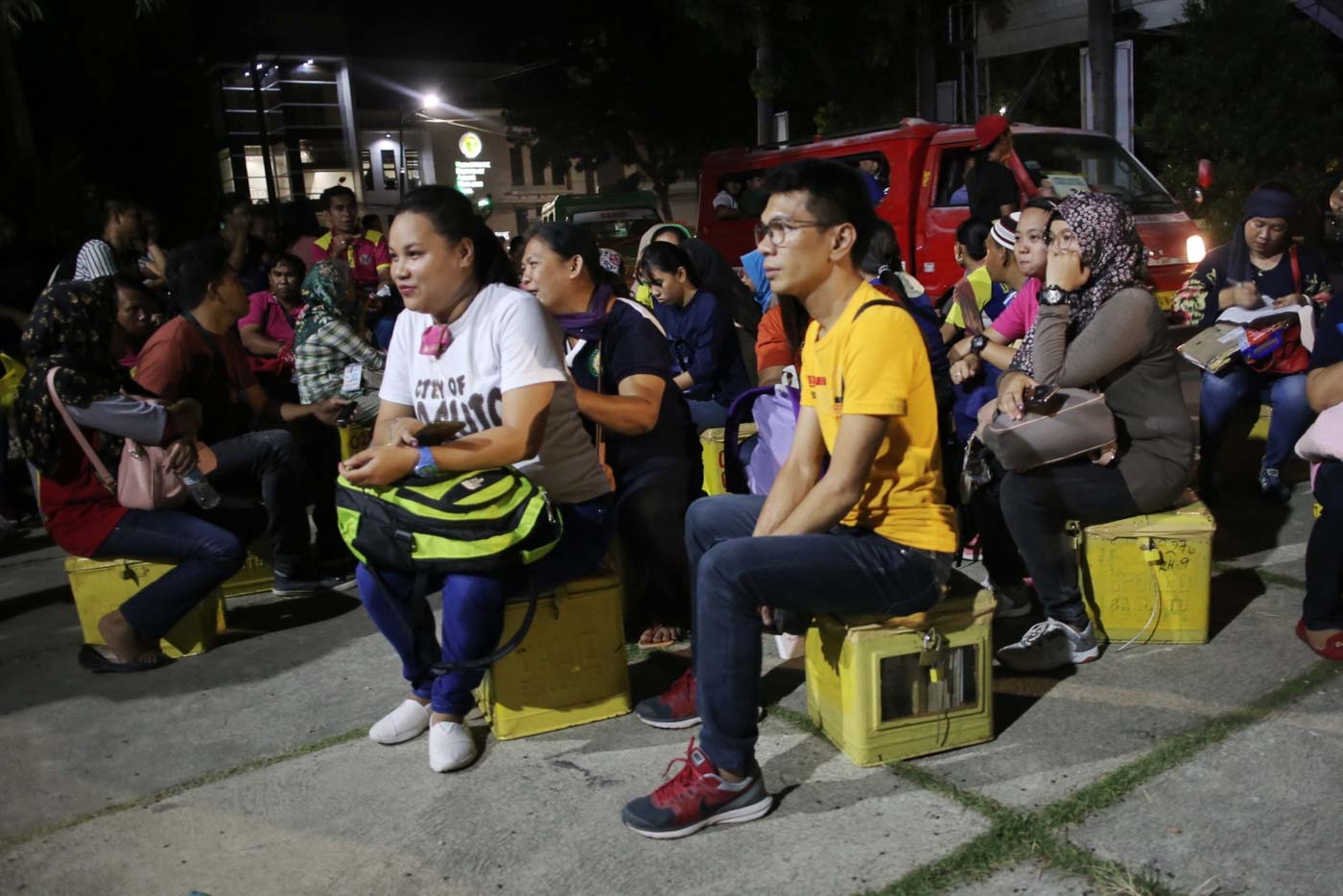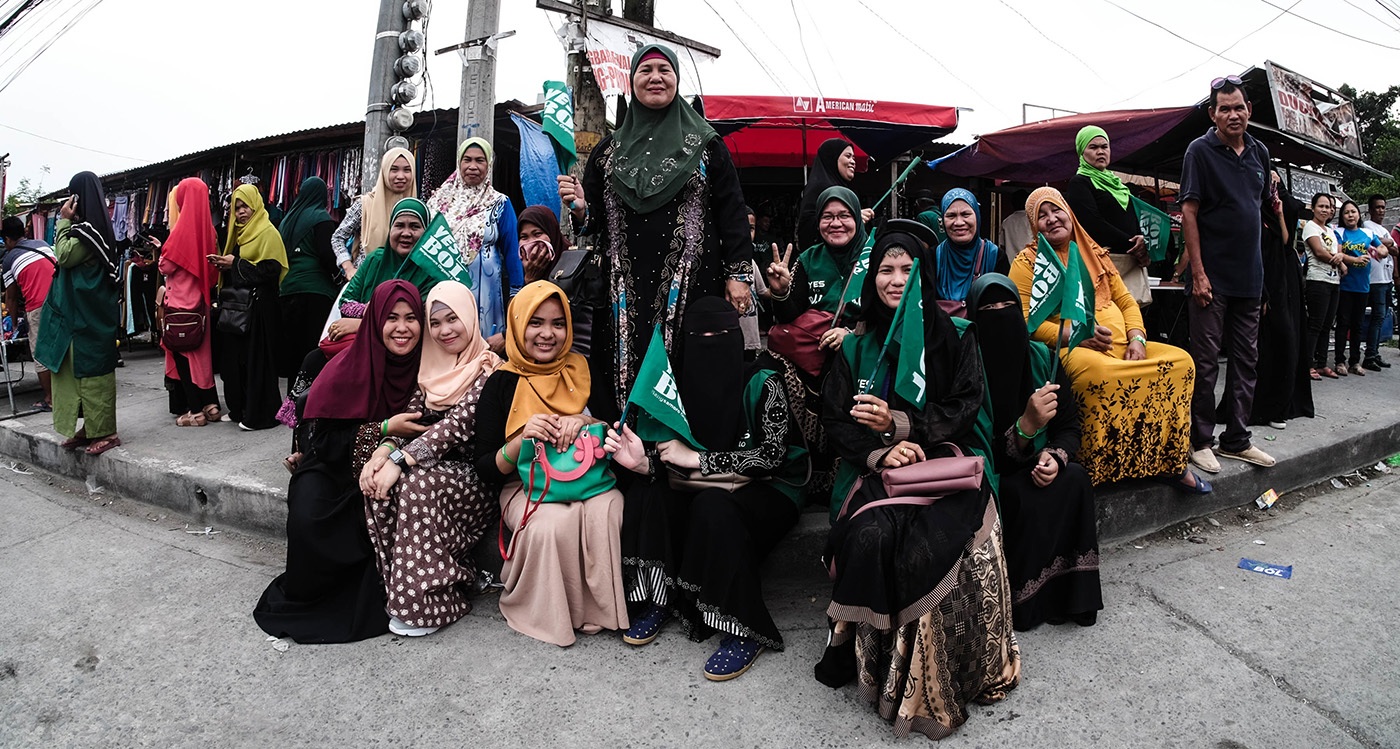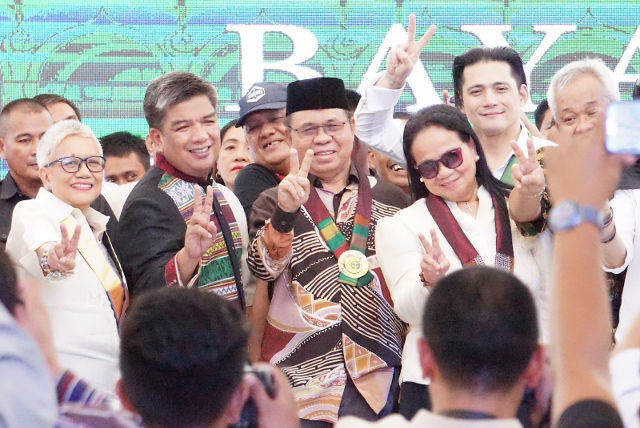SUMMARY
This is AI generated summarization, which may have errors. For context, always refer to the full article.

MANILA, Philippines – With the ratification of the Bangsamoro Organic Law (BOL) last January 25, a new chapter in the Bangsamoro people’s history opened.
The Bangsamoro plebiscite held on January 21 saw a majority of residents in the Autonomous Region in Muslim Mindanao (ARMM) and Cotabato City vote in favor of the law creating the Bangsamoro Autonomous Region in Muslim Mindanao (BARMM).
The new Muslim region is envisioned to have broader autonomy, more powers and resources, and larger territory than its predecessor. (READ: Land of promise: Why the Bangsamoro plebiscite matters to you)
With BARMM to take effect, what can be expected next?
We list 5 features of the new Bangsamoro region as it makes its transition:
- It will be bigger than ARMM.
- The Bangsamoro Transition Authority (BTA) will be created.
- The BTA will assume expanded powers and responsibilities in the BOL.
- Moro Islamic Liberation Front (MILF) troops will lay down their weapons.
- ARMM will be gradually phased out.
1. BARMM will be bigger than ARMM.
This is assured as results from the first voting day in the Bangsamoro plebiscite showed residents in the current ARMM and Cotabato City chose a new region.
In the case of Isabela City and Cotabato City, voters were asked if they wanted to join the BARMM as they are not yet part of the ARMM. They were given the chance to choose inclusion because many Moros live there and these cities were considered Muslim-dominated lands before Spanish colonization.
After an overwhelming win in most of its territories, the 5 provinces of ARMM will be part of the new BARMM. This is because the BOL already includes the ARMM as members of the new region and majority of its residents chose to ratify it. (READ: EXPLAINER: Why ARMM, Cotabato City, Isabela City voted the way they did)
The ARMM provinces that voted yes are the following:
- Maguindanao – Yes: 599,581 | No: 9,096
- Lanao del Sur – Yes: 503,420 | No: 9,735
- Basilan – Yes: 147,598 | No: 6,486
- Tawi-Tawi – Yes: 151,788 | No: 9,907
Sulu rejected the BOL. Will it still be part of the BARMM?
In the province of Sulu, the number of votes opposing the BOL (163,526) were higher than those supporting it (137,630).
But even if majority of residents in Sulu did not accept the BOL, the province will still be part of the new region because the BOL does not allow for any ARMM province to “opt out” of the new BARMM.
The BOL said that ARMM votes are counted as one geographical region, and that if majority of the ARMM ratify the BOL, then the law prevails. Because of this, Sulu’s rejection of the new law has no impact on the region for now. A petition against this provision of the BOL is however pending before the Supreme Court, filed by the Sulu governor.

BARMM is also one city larger than the ARMM as residents of Cotabato City voted for inclusion in the new region. (READ: How Cotabato City was won)
But the same could not be said for Isabela City. Even if its mother unit, Basilan province, voted for its inclusion, Isabela City itself chose to remain outside of the BARMM. Both government units had to agree to Isabela City’s inclusion for it to be part of the new region.
The new region may also see even more areas added to its territory as a second voting day will take place on February 6. That will be for the inclusion of 6 towns in Lanao del Norte and 67 barangays in North Cotabato.
2. A transition government known as the Bangsamoro Transition Authority (BTA) will be created.
With the BARMM already deemed created, an interim government – which is the BTA – will be formed. President Rodrigo Duterte is tasked with appointing the new government’s chief minister and officials.
MILF chairman Murad Ebrahim is a shoo-in for the role of chief minister. The MILF is also expected to become a dominant political force in the region since its members will automatically comprise majority of the 80-member BTA. The group has been given the power to choose 41 out of the 80 people who will form the BTA. This is because the MILF was largely responsible for paving the way for the BOL.

The Moro National Liberation Front (MNLF), the erstwhile rival organization of the MILF, will also be represented in the BTA. Indigenous communities, youth, and women will also take part.
Aside from this, the 25 elected officials of the ARMM will automatically be part of the body until June 30, 2019. This includes ARMM Governor Mujiv Hataman and current members of the ARMM’s regional assembly.
Turnover ceremonies for the BARMM are expected to take place on February 10.
If in case members of the BTA are not immediately appointed, the Bangsamoro Transition Commission will temporarily act as “caretakers” of the new Bangsamoro region. This is to prevent any power vacuum and help ensure smooth transition until the BTA is formed.
Once in place, the BTA will be largely in charge of governing the new region until the May 2022 polls, when new officials will be elected.
3. The BTA will assume powers and responsibilities laid out in the BOL.
In the 3 years that the BTA will be in charge, it will have legislative and executive powers in the BARMM. In this case, the chief minister will exercise executive powers while other members of the BTA will exercise legislative powers.
The wider powers promised in the BOL will also be assumed by the BTA.
Among these are 55 powers, which include the administration of its own justice system, raising of funds, alteration of boundaries of municipalities and barangays, and development of culture and education, among others.

Aside from these, the BTA will have concrete tasks it will need to accomplish. These include enacting priority laws such as administrative, local government, and electoral codes.
It will also need to create a transition plan.
Within the first 60 days after the BTA takes charge, its chief minister will need to submit a proposed transition or phaseout plan, which will contain an organizational plan and implementation schedule. This will then be reviewed and approved by the BTA.
The challenge for the MILF is to build the foundations of the new Bangsamoro region. They will have to organize a new government and enact substantive laws – all while managing the transition from the ARMM to the BARMM.
The BTA will also have the task of delivering results that the Bangsamoro people expect from the BOL: peace and security, reduced poverty, development of business and jobs, and stability among ethnic clans and economic classes, among others.
4. The MILF’s armed wing, the Bangsamoro Islamic Armed Forces (BIAF), will lay down its arms in phases.
Another important aspect of the transition to a new Bangsamoro region is the “normalization” process, which includes the continued and gradual decommissioning of the MILF’s armed forces. This process started as early as 2015, as part of the peace deal between the MILF and the Philippine government.
According to MILF peace panel chair Mohagher Iqbal, this is important because it embodies that the MILF’s struggle “will no longer continue in military terms but as active participants in…[the] democratic system.”
During this period, BIAF soldiers will slowly give up their weapons and transition to civilian life. Programs for BIAF members will be created to facilitate this, while MILF camps will be transformed into productive communities.
The dismantling of private armies will also be a priority. This is considered an important aspect to maintaining security in the region as many clans often have their own private armies and weapons. (READ: Power brokers in the Bangsamoro region)
To help facilitate this, temporary joint peace and security teams (JPST) will be formed. These will be composed of MILF troops, the Armed Forces of the Philippines, and the Philippine National Police. The JPSTs will take care of security in the region while regional police are strengthened.
This does not mean that BARMM will have its own separate military and police. The national government will still retain powers over military and police, and will be responsible for the defense and security of the BARMM
5. ARMM will be gradually phased out and replaced with BARMM.
All of the ARMM’s powers, functions, assets, facilities, and funds, among others, will be transferred to the new Bangsamoro government.
Employees of the current ARMM can also expect a human resource audit to take place. The BTA will decide how many employees will be newly hired for the BARMM, according to standards set by the BTA and the Civil Service Commission.
However, in the interest of providing basic services, employees in the health, education, and social welfare sectors will be absorbed and transferred to the new Bangsamoro government.
Other facilities or lands owned or controlled by the ARMM, but are located outside the BARMM, will be purchased by the national government. The cost will be determined by both the Bangsamoro and national government. – Rappler.com
Add a comment
How does this make you feel?
There are no comments yet. Add your comment to start the conversation.